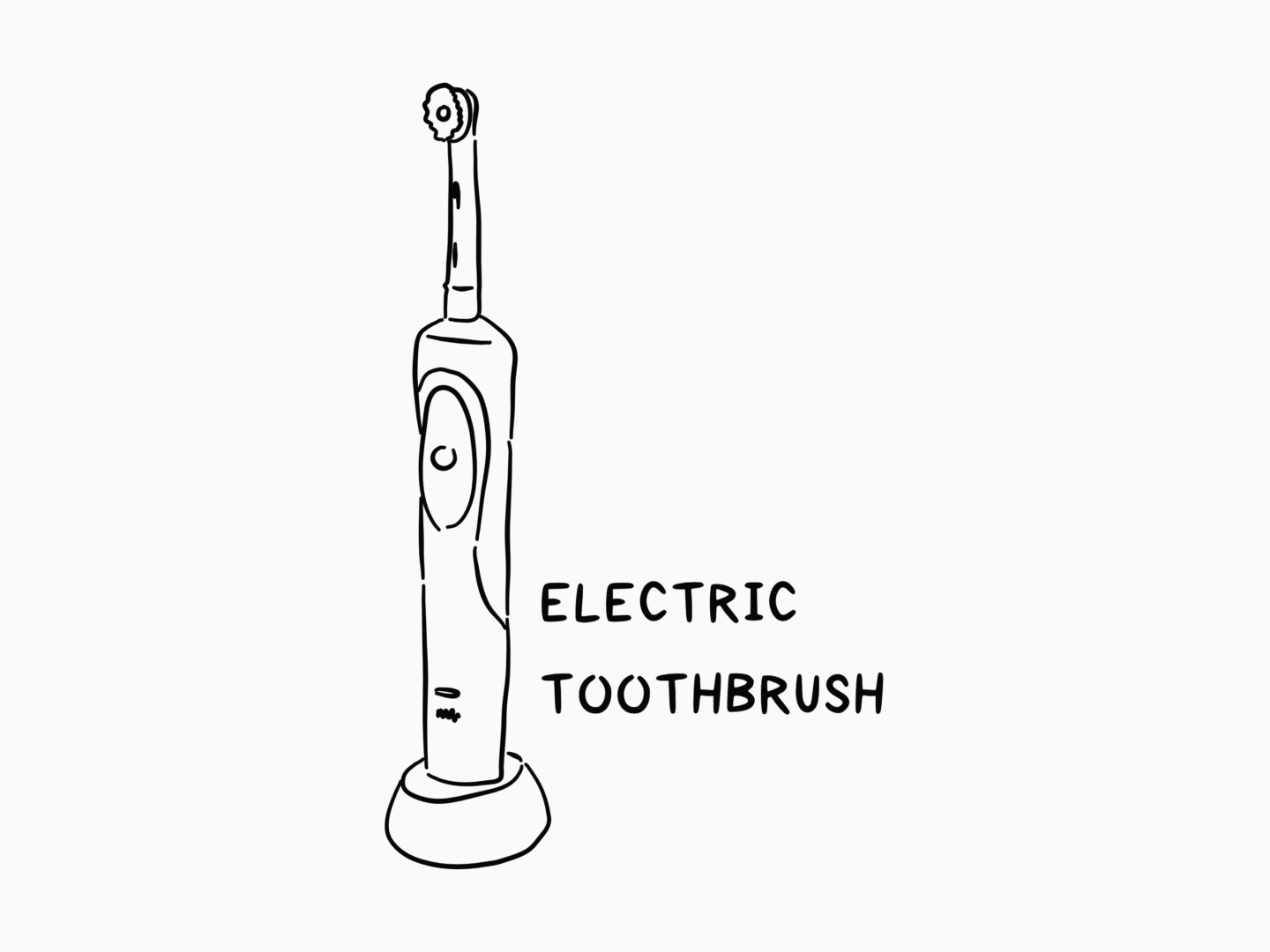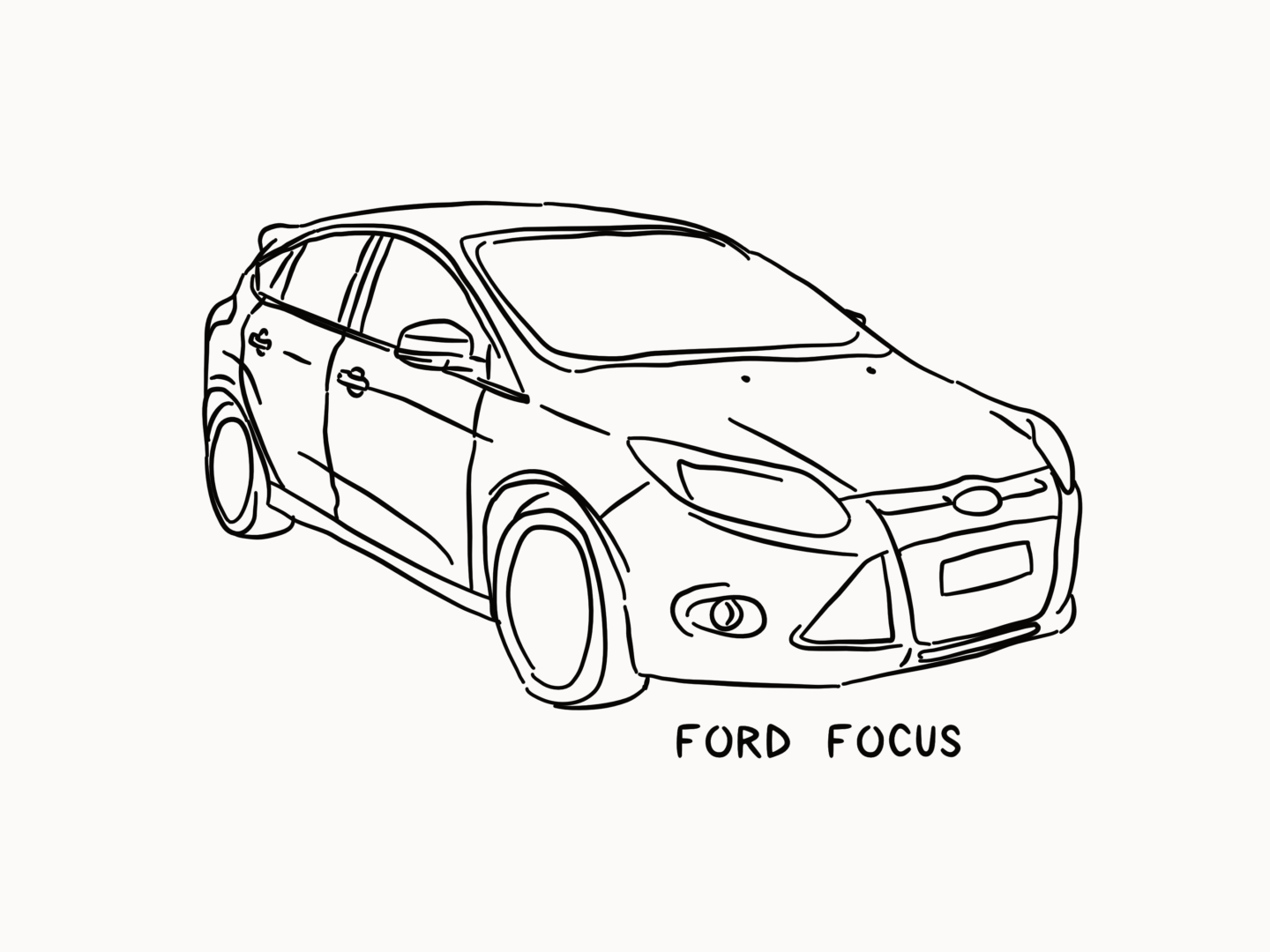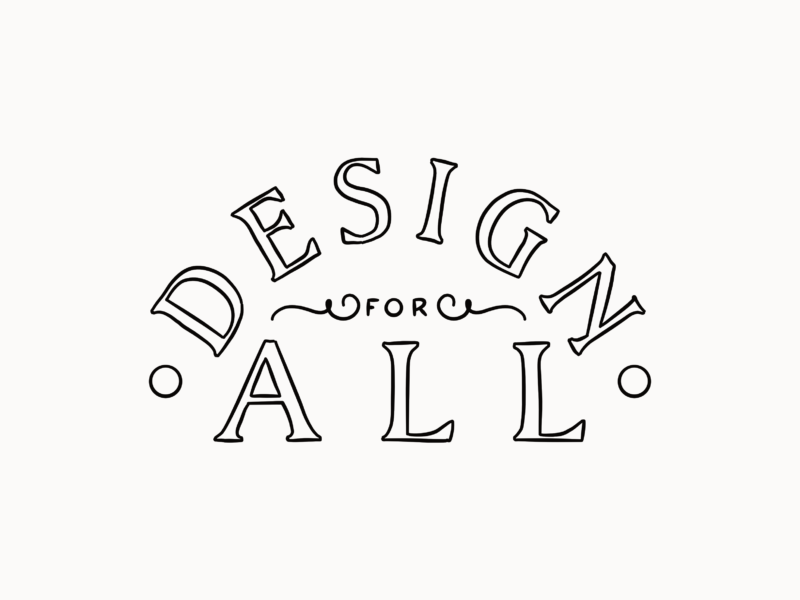As part of something I’ve been working on for work (my actual job!) I’ve had to research universal design, and I’ve ended up coming across some wonderful pieces of design which I wanted to share with you all as inspiration and as a reminder that inclusivity should be in built to the extent that you don’t even think about it.
Before we jump in, what even is universal design? Universal design, sometimes known as inclusive design, “is the design and composition of an environment so that it can be accessed, understood and used to the greatest extent possible by all people regardless of their age, size, ability or disability” which to me just seems like common sense. Open what you make up to the world, and bring as many people in as you can from the start, because we work best when we work together and feel included.
So now we’re all on the same page, here are a few of my favourite examples of universal design.
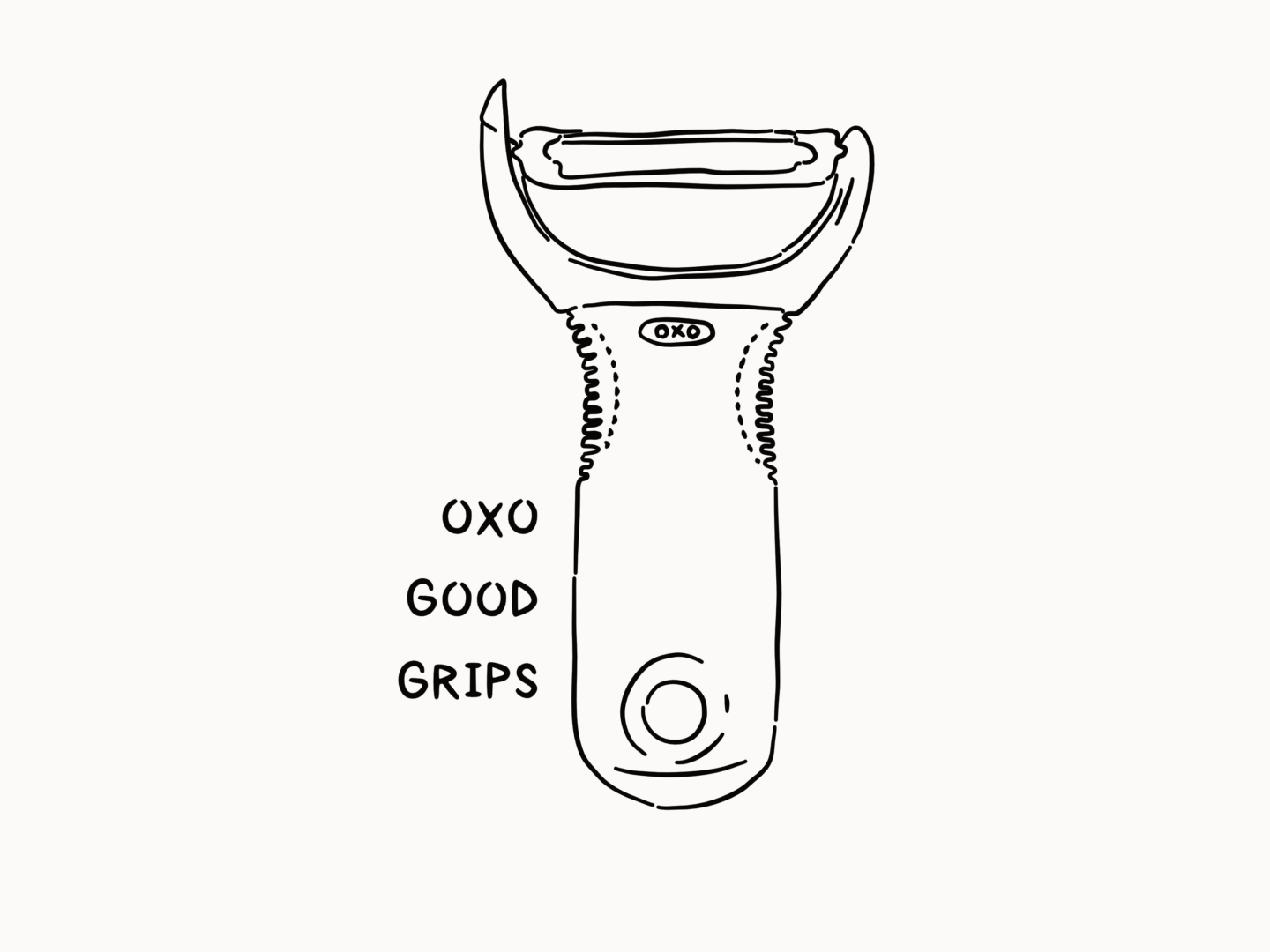
OXO Good Grips
OXO’s range of Good Grips kitchen utensils are frequently cited as great examples of universal design with good reason. Sam Farber and his wife loved to cook. However, when she developed arthritis it became increasingly difficult for them to share a lot of the tasks. Initially, the Farbers thought it was just part and parcel of her condition. But, after a while, he realised it wasn’t Betsy it was the fact that the tools she was using just weren’t fit for purpose. So he, and his son John, set up OXO working with industrial designers SmartDesign. The team they created brought in users from different age groups, with different hand sizes, manual strength and manual dexterity abilities to test their products. Thanks to that their ergonomic designs, featuring pressure-absorbing non-slip handles are so much easier to use for everyone than standard kitchen tools. They started with peelers but since then they’ve made salad spinners you can use with one hand, measuring jugs you don’t have to bend down to read and so much more. That range has won over 100 design awards and produced huge sales.
The Electric Toothbrush
What do you use to brush your teeth? If you have an electric toothbrush you might not know that they were originally created for patients in hospitals and those with reduced motor skills because they require you to move your hand far less than a manual brush. A manual brush requires lots of small tricky movements, that can become nearly impossible if your joints stiffen or your muscles weaken. So electric toothbrushes were developed to be easy to grip and to clean your teeth with a minimum of effort, which means they’re great for a wide range of users including those of us who are just super lazy.
The Ford Focus
Car design has traditionally been focused on attracting young drivers. However, in 2001, the designers at Ford were encouraged to design for the needs of a much older market. In order to design for a different user group, the team at Ford were encouraged to build empathy with their target market. So, they built what was known as the ‘Third Age Suit’ which simulated the effects of old age such as decreased mobility. When wearing the suit the design team discovered just how hard it was to even get into and out of one of their previous designs. Taking their new findings back to the drawing board the Ford Focus was designed with seats that are higher and doors which are bigger than any other design before. They also made the dashboard controls easier to use by those who have lost fine motor control. By taking into account the needs of their user, they might not have designer the sexiest car, but they designed a supremely usable one which is why it’s one of the best selling models of all time.
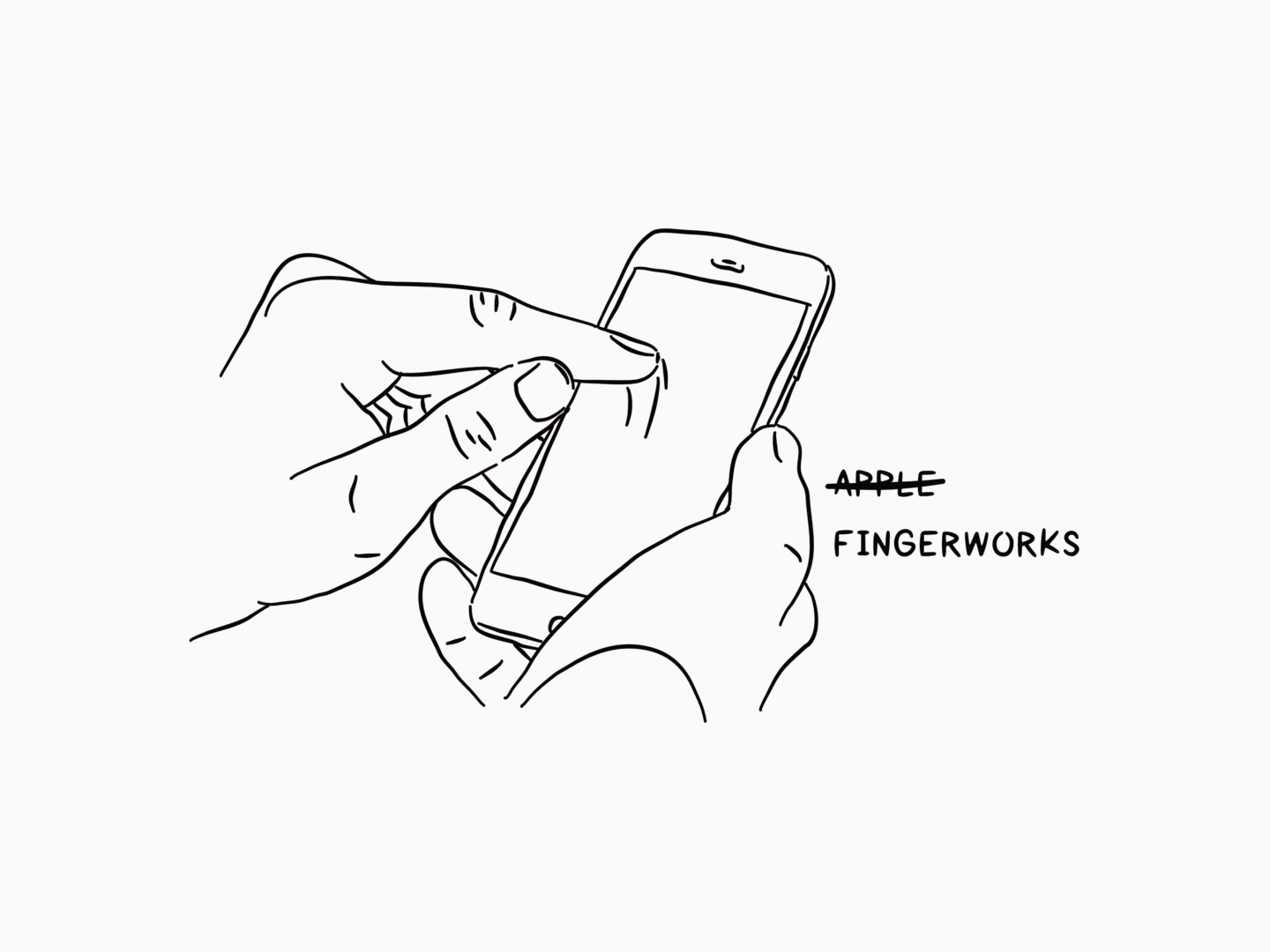
Apple Multi-touch
John Elias and Wayne Westerman set up a company called FingerWorks in 1998 and developed a number of multi-touch input devices including keyboards and touch-pads. Westerman was motivated to develop the multi-touch devices, inspired by playing the piano, after suffering from a stubborn bout of tendonitis which he developed through years of designing. Their products helped those who suffered from RSI and other illnesses that would make it difficult to use standard keyboards. They were a cult hit. Then in 2005 their tech was bought by Apple and made part of the first iPhone release. That multi-touch capability has been one of the key usability features of the iPhone and made it such a hit with so many different groups of users.

